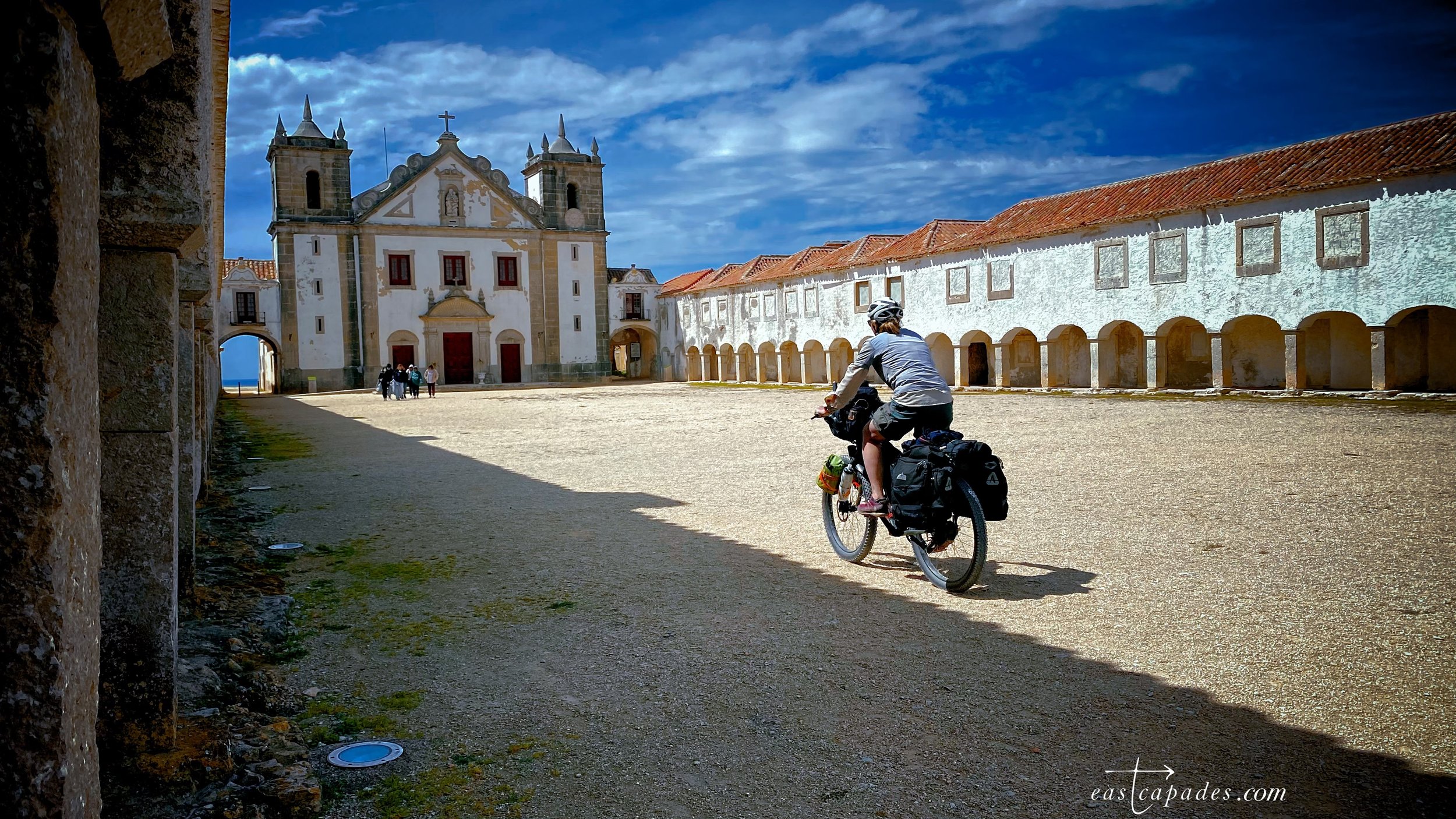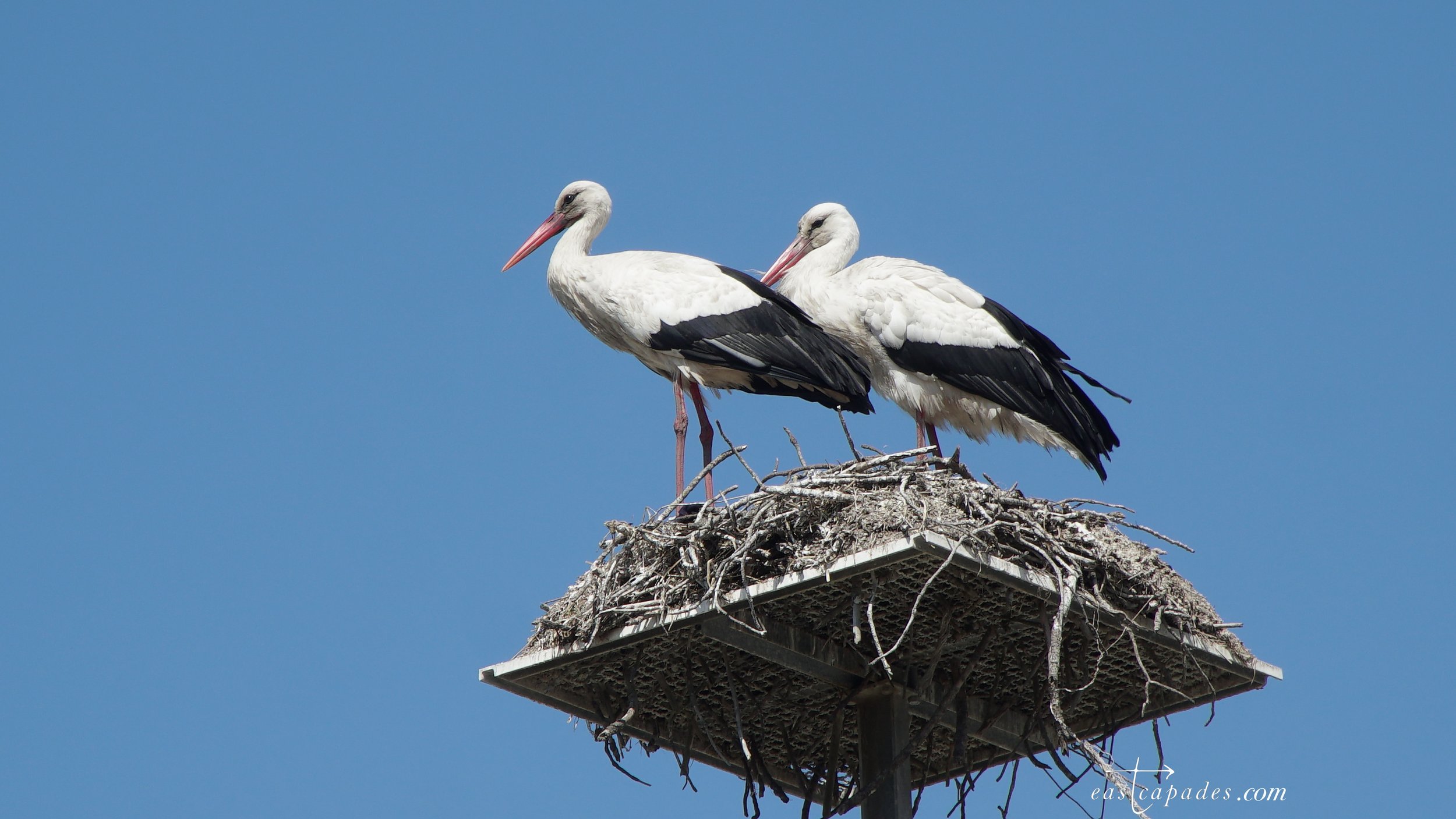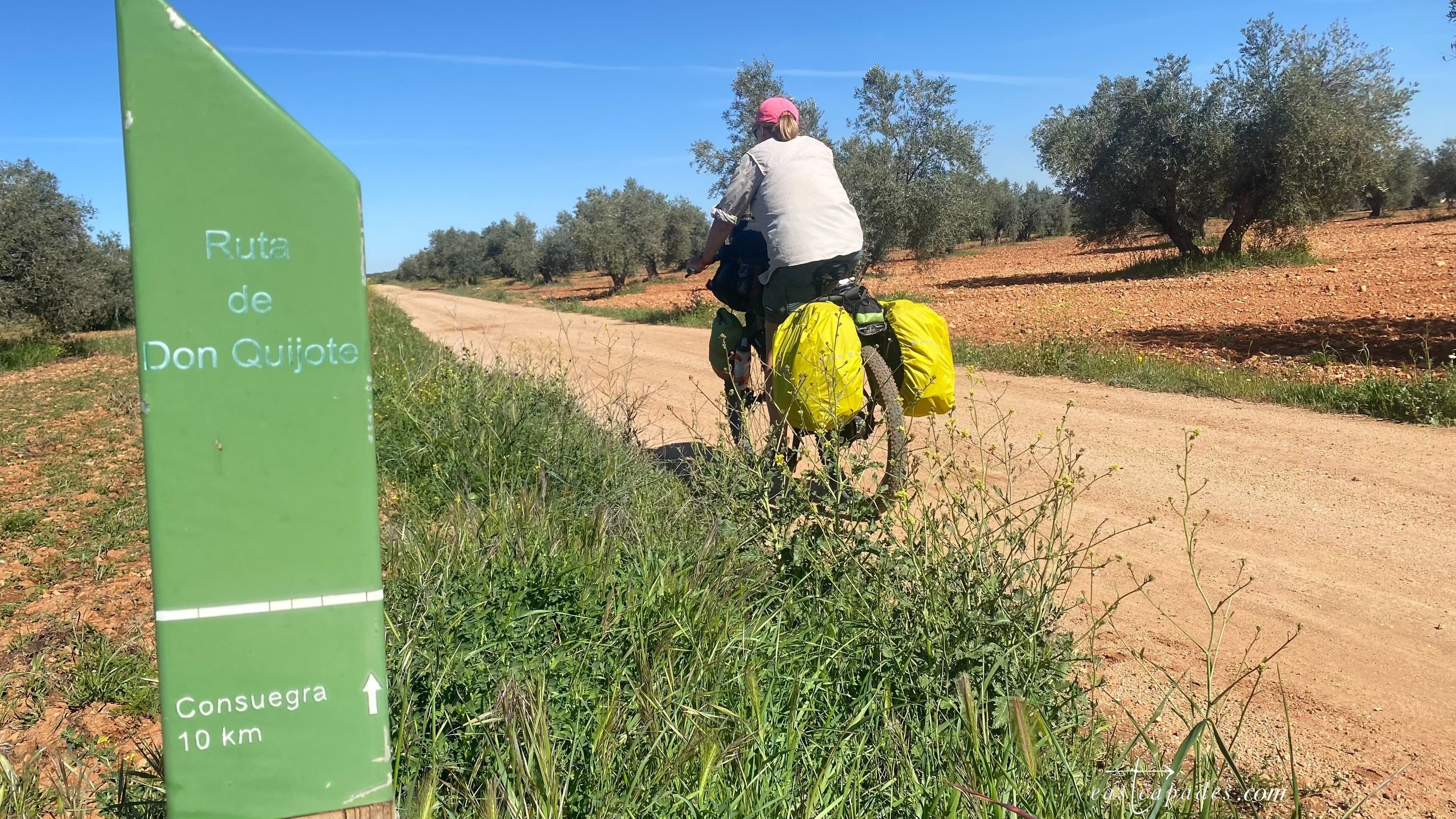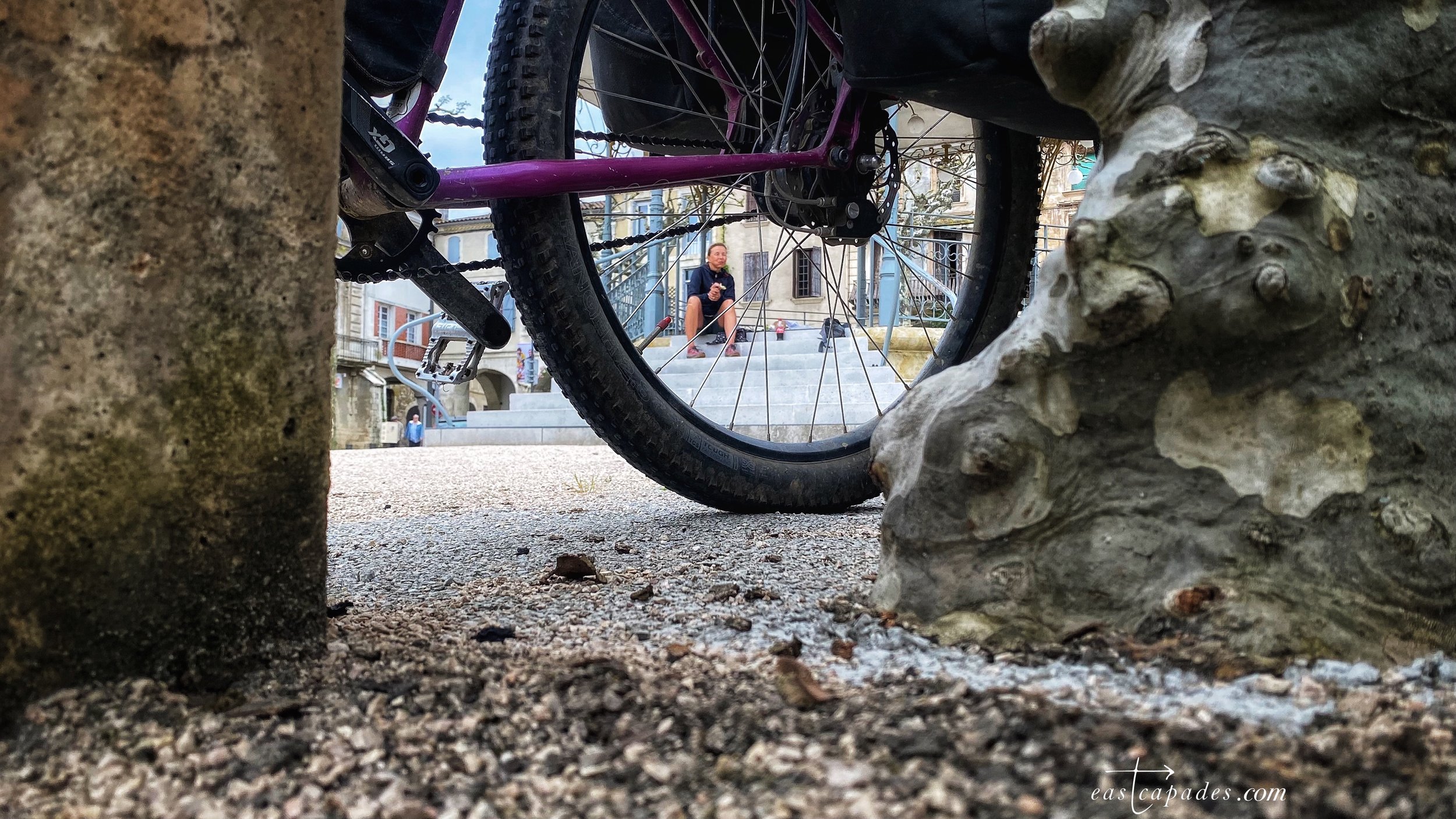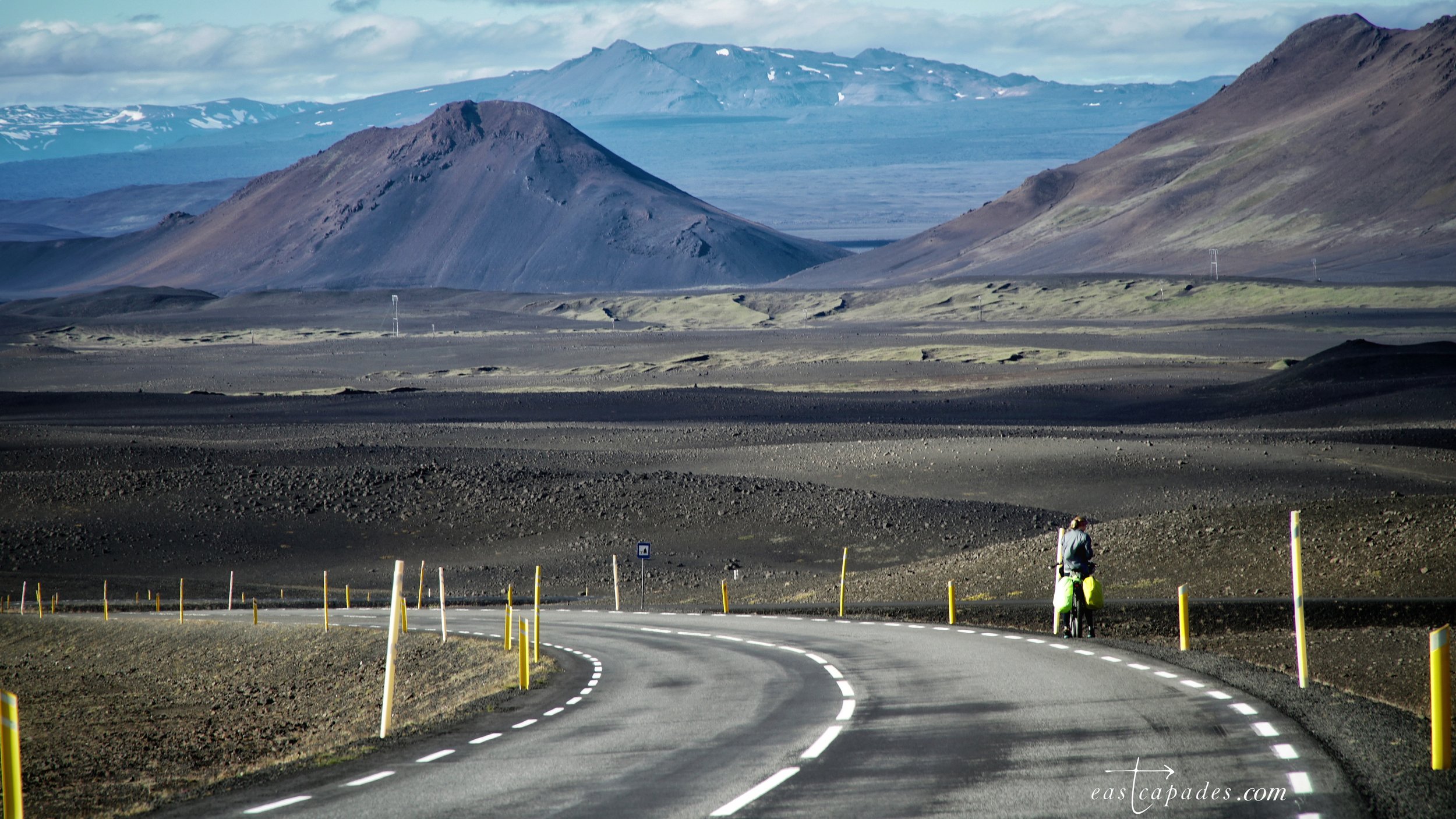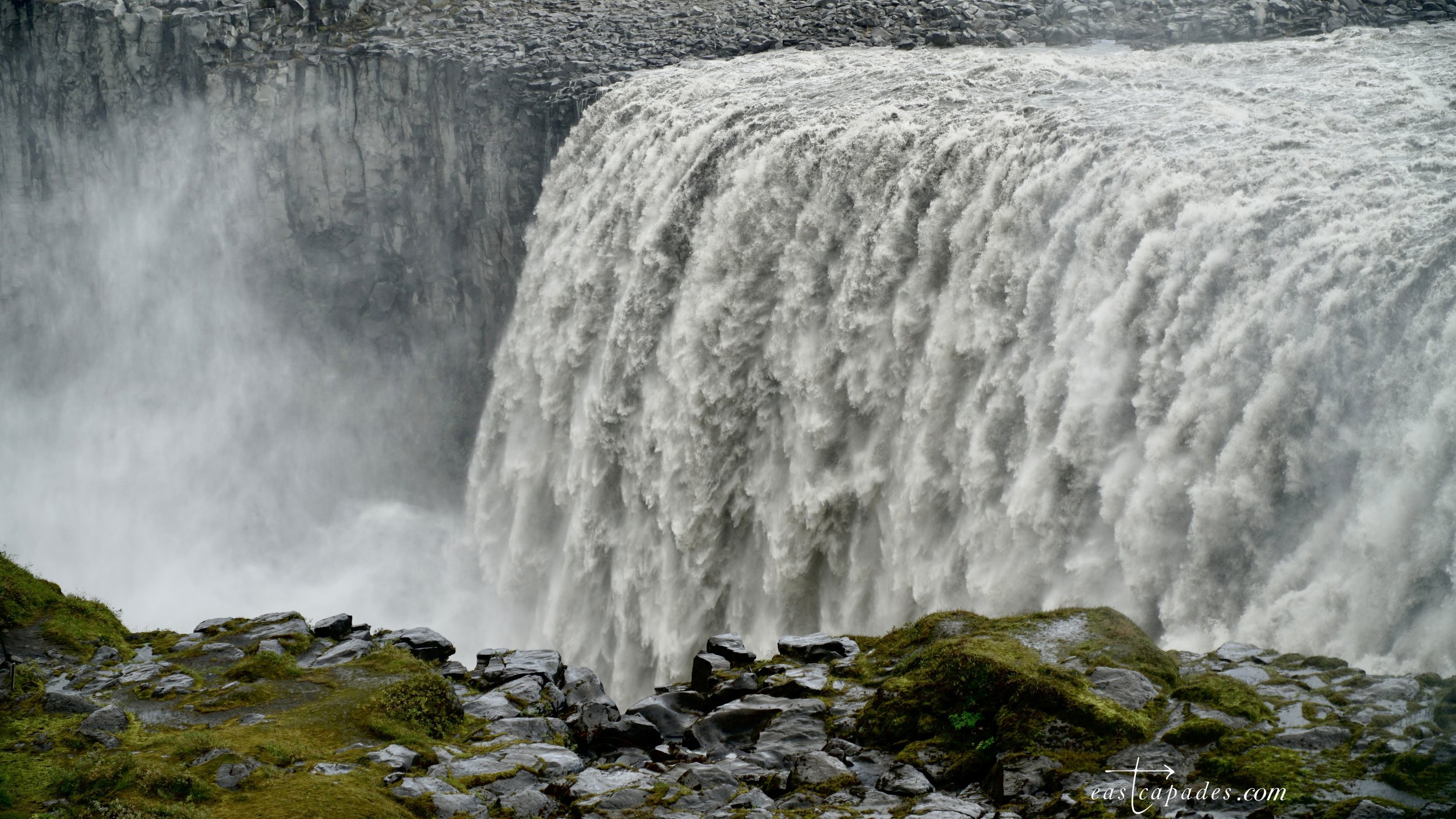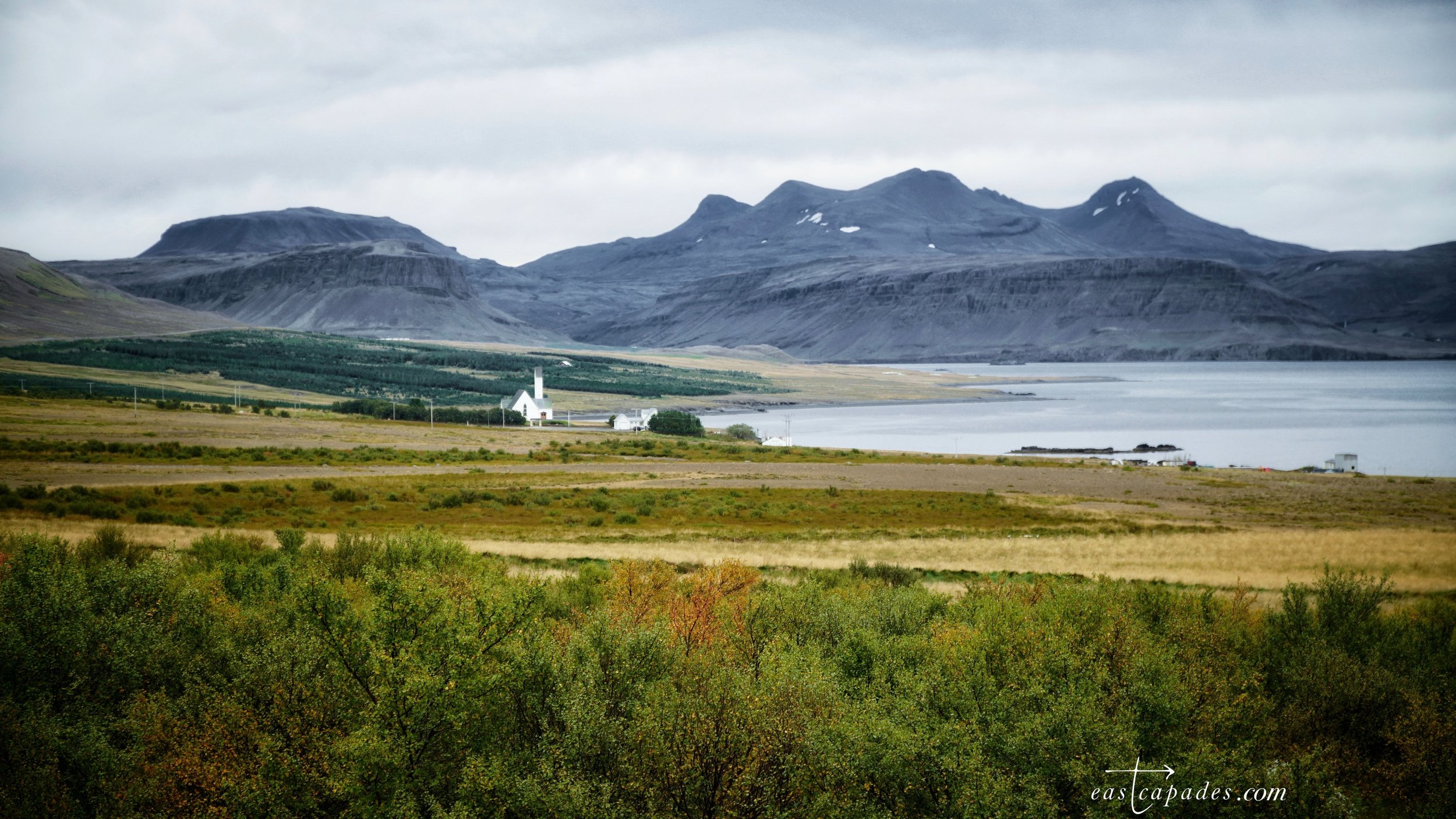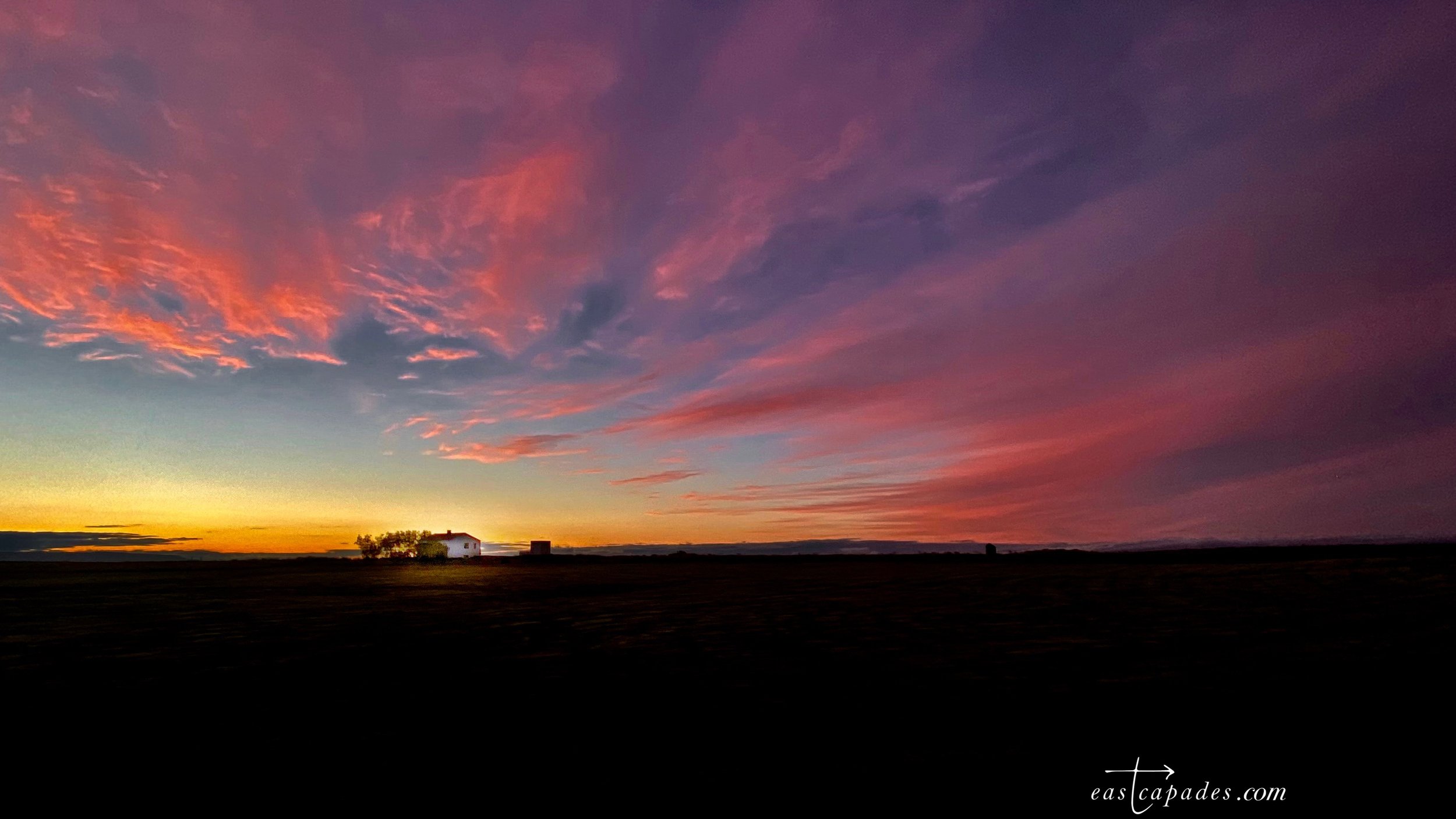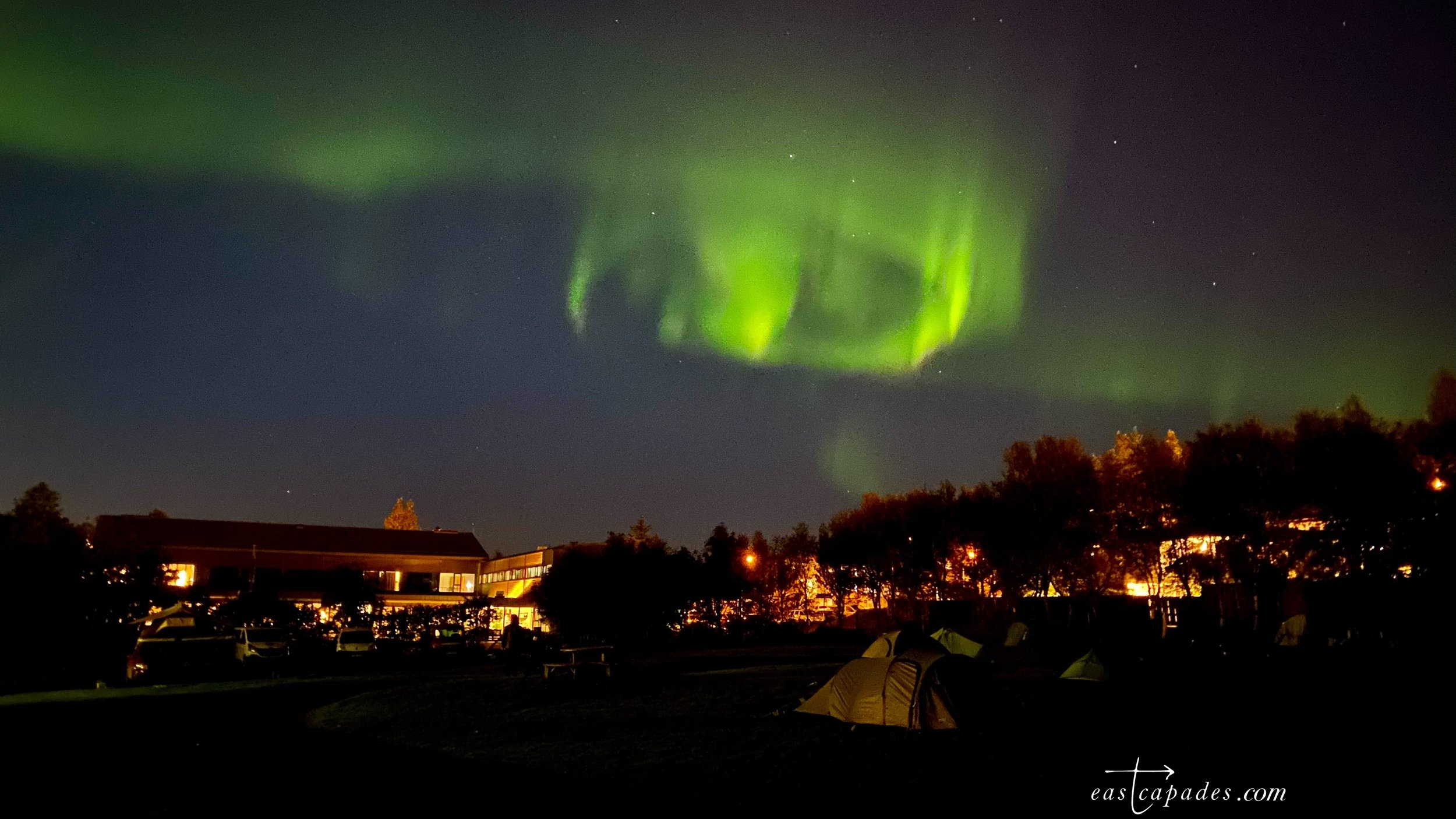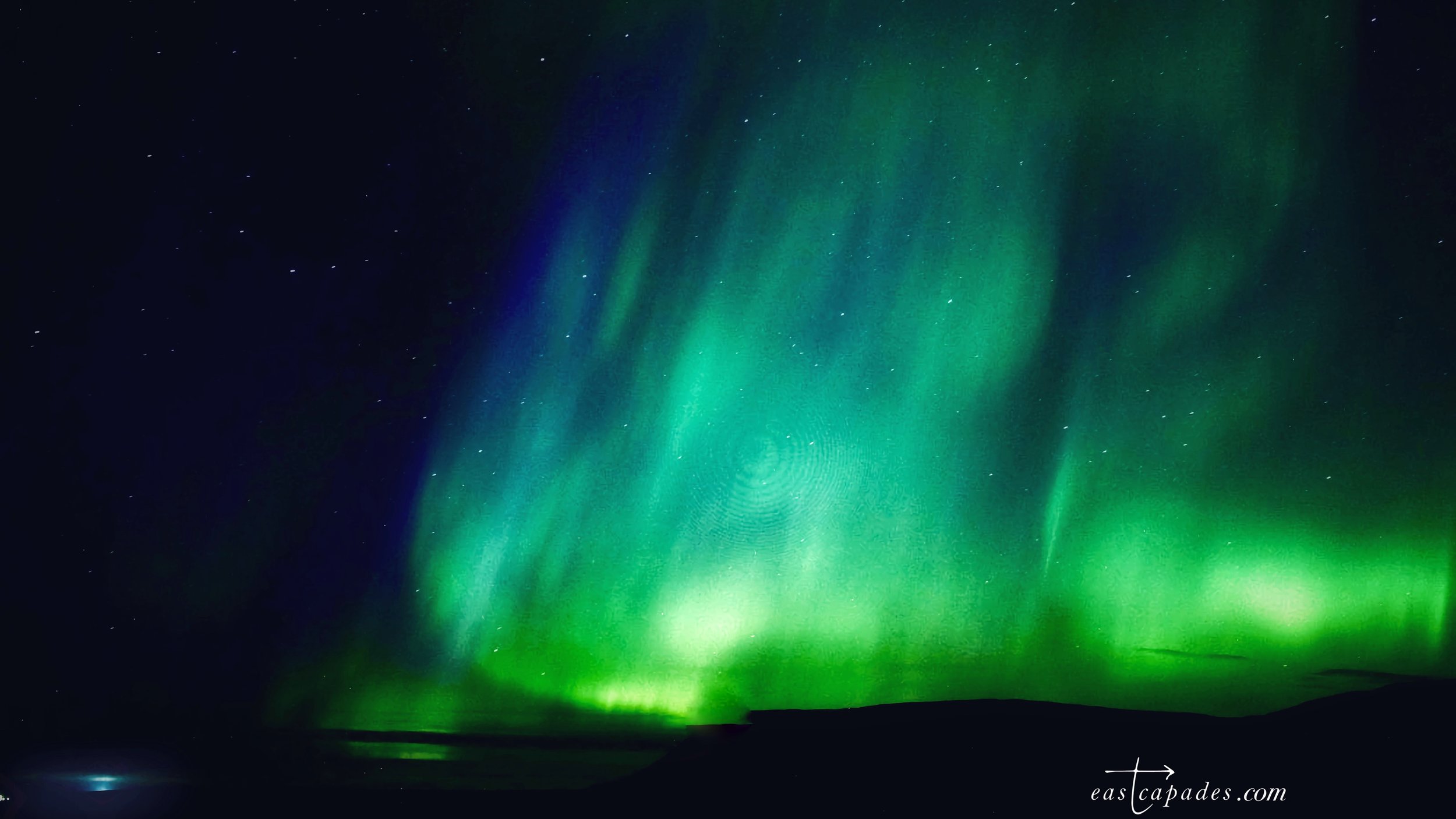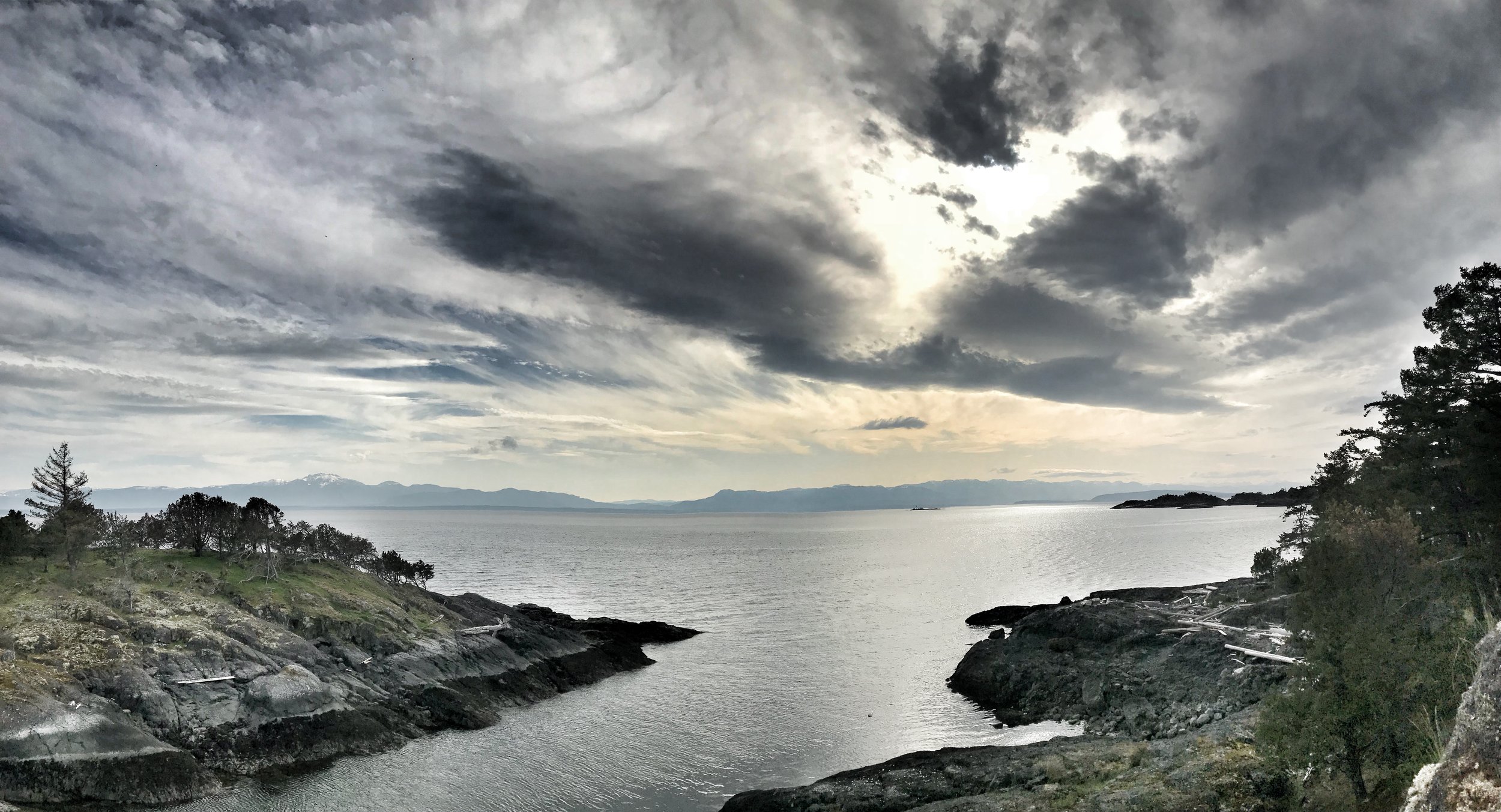FRANK
It is a dark early morning, a couple of hours before sunrise, that we left our Kashgar hotel, heading to the airport.
After few rest, laundry, and bike maintenance days we did not really leave the city, I would say we escaped a city that has nothing to do anymore with the city I discovered in '95. What used to be a nice but already changing Uighurs town, full of good vibes, is now a big Chinese city where fake decorum remains in what was a charming original town.
Most of the Uighurs have “vanished”, only few from the old generation wander sadly around town surrounded by a now wide majority of Chinese Hans. Even the Animal Market, once known as the biggest and the most colorful on the Silk Road has lost its soul.
The all consuming state of surveillance, check points, and police presence everywhere has had a toll on the serenity that this place had before.
So yes, it was more an escape from something more enjoyable, especially after our border crossing experience ( read the previous Story).
We have about 15Km to ride to the airport. It will be done with our headlamps on our foreheads, riding wide and empty boulevards. Some parts seem to be closed by a sort of curfew as access is blocked by police cars. As a result, it took no time to reach the airport.
Our naive dreams to find a way to travel western Tibet quickly faded away. It is a “no Zone” for foreigners. I biked across the Taklamakan desert in the past and there is no way I repeat that experience and there is definitely no reason to impose it on Sylvia.
So we booked a flight to get over that segment. Destination Lanzhou in the Gansu Province. From there we will be able to navigate our bikes through the Eastern side of Tibet. Less spectacular maybe than the Western wild section but richer in Tibetan culture as many Tibetans found refuge there.
Playing Dumb
Biking to the airport means no cardboard for the bikes. Bikes must be in boxes in order to be loaded in the plane.
Knowing that it will be a “chaotic” process we arrived at the departure terminal about 4hours before the flight time.
Emptying our panniers and stocking everything in our 2 backpacks, panniers packed into each other to make one that will be our carry on. All fine except the bike with no box.
Pedals removed, handlebar turned at 90 degrees, chain off the chain ring and tires slightly deflated, it is with our best dumb smiles that we showed up at the check-in.
The bikes still on the floor, the backpacks are checked in first. 17kg each. No problem - we are good passengers traveling light-. The 2 backpacks tagged, they disappeared on the rolling mat. We now have one foot in the door, it will be hard to reject us.
Not sure what the lady at the check-in really said but the bikes that I think she tried to ignore at first, suddenly became a sure thing.
“Those 2 Caucasians are not speaking mandarin, they are only smiling pointing the bikes on the floor and I've never been in that situation before”
The difficulty for us is to keep smiling and pretend that we have no clue why it may be a problem. Using the Translator App on her cell phone, we are told: “bike with box”.
A booth in a corner of the check-in area offers to wrap packages. I mean small packages.
We are like hot potatoes that no one wants to keep in hands and so are thrown to someone else.
Still smiling but adding a sort of “I am sorry, so so sorry” grin on our faces, we pushed our bikes to the booth. Transforming in a second the still early eventless day of the poor guy into a real nightmare. No other option for him to get rid of the 2 hot potatoes. The airport at 7am is still empty.
Smartly, we bought some duct tape at the market the day before. So we can show our willingness to help him despite the deep distress (!?) we are in.
We found 2 small boxes that I cut to make them look like a one cardboard panel. Straddled the bike at its middle frame with the panel and duct tapped it. The guy did help, making me think that we were on a good path to a final solution. But then he decided that the wheels should be wrapped with or by something. String, rope, industrial straps,....the bikes look like a mummy.
Back to the counter, dragging the bike on the floor since the wheels are now locked.
Here are the “bikes with boxes”.



